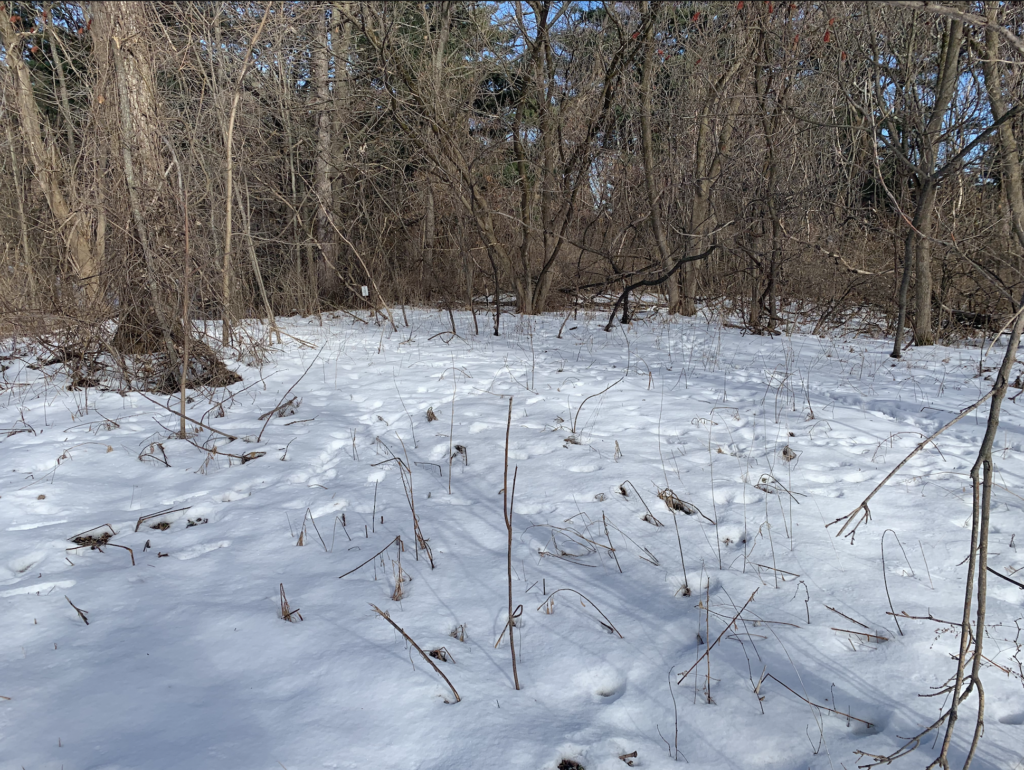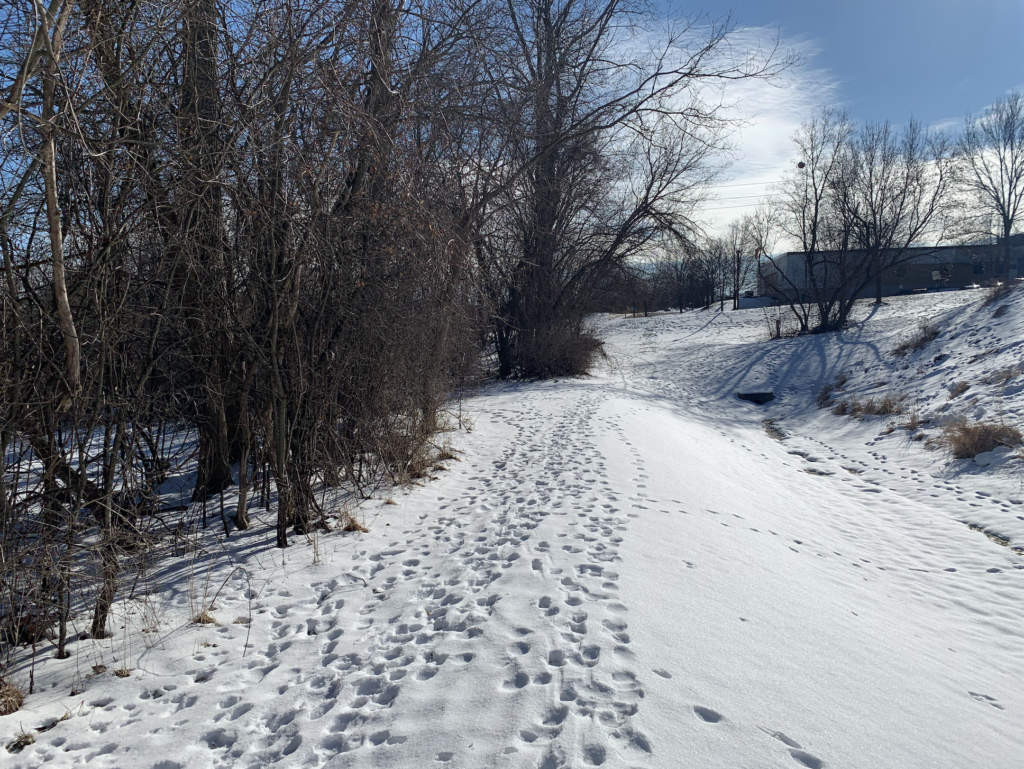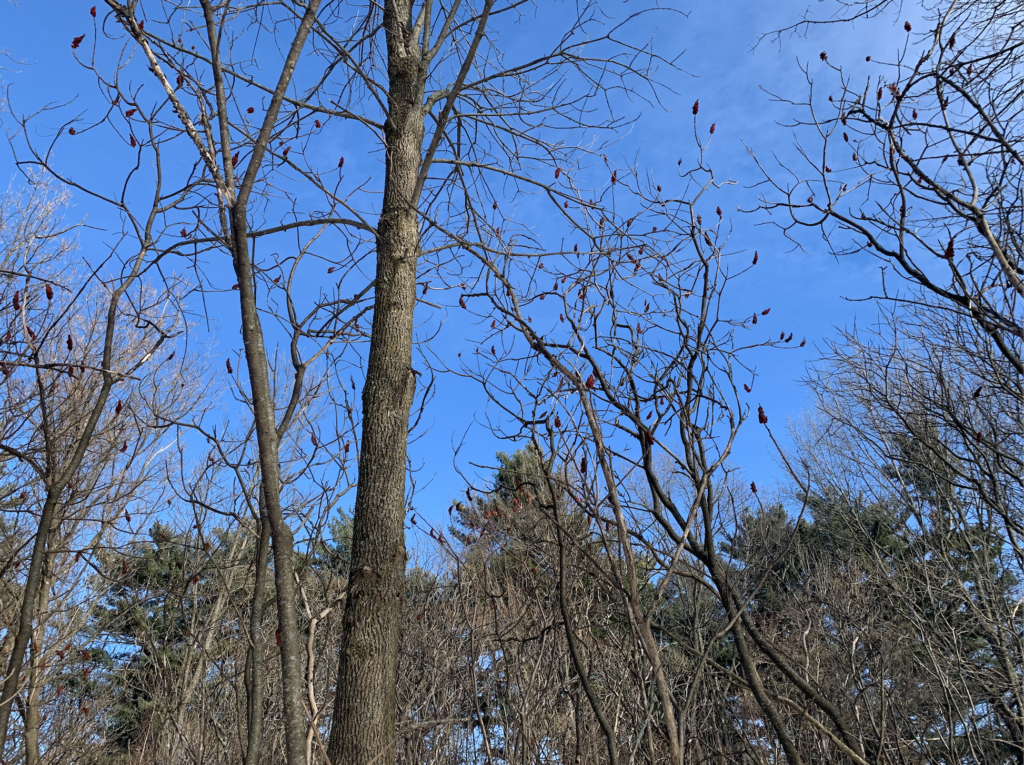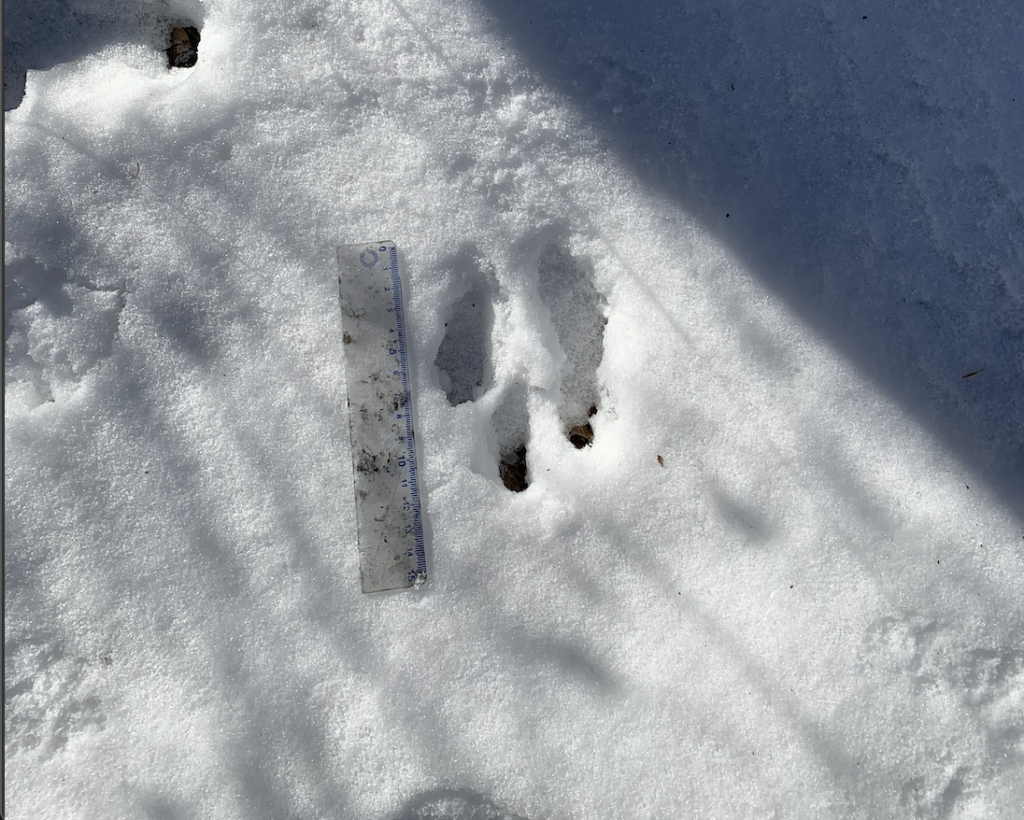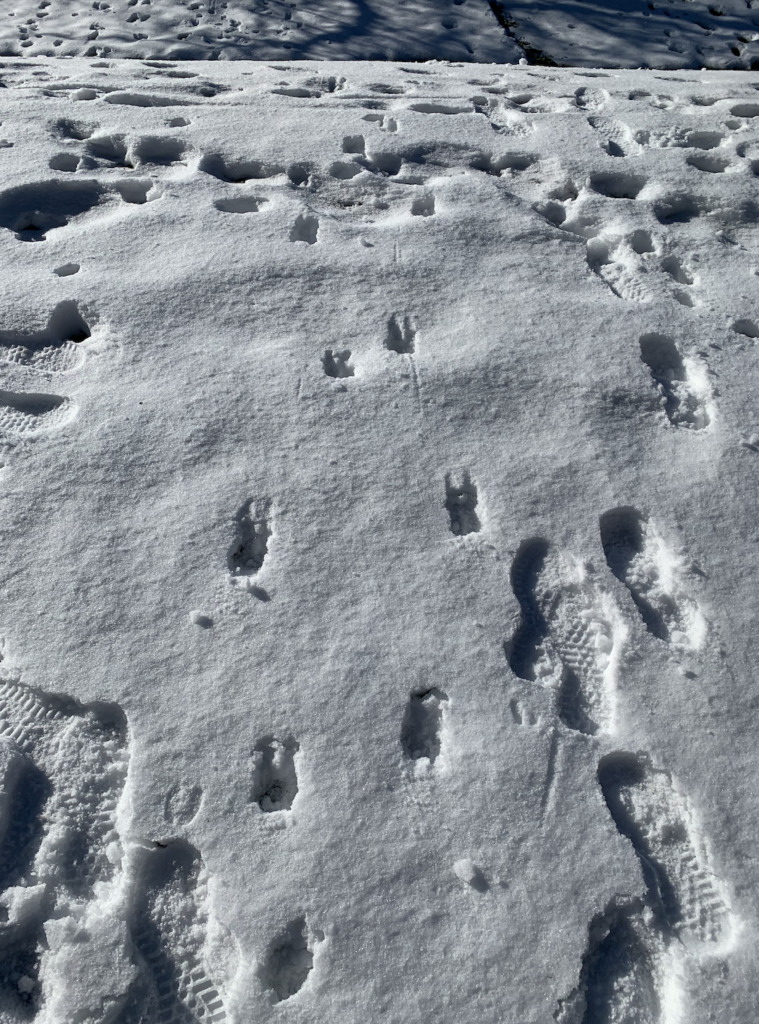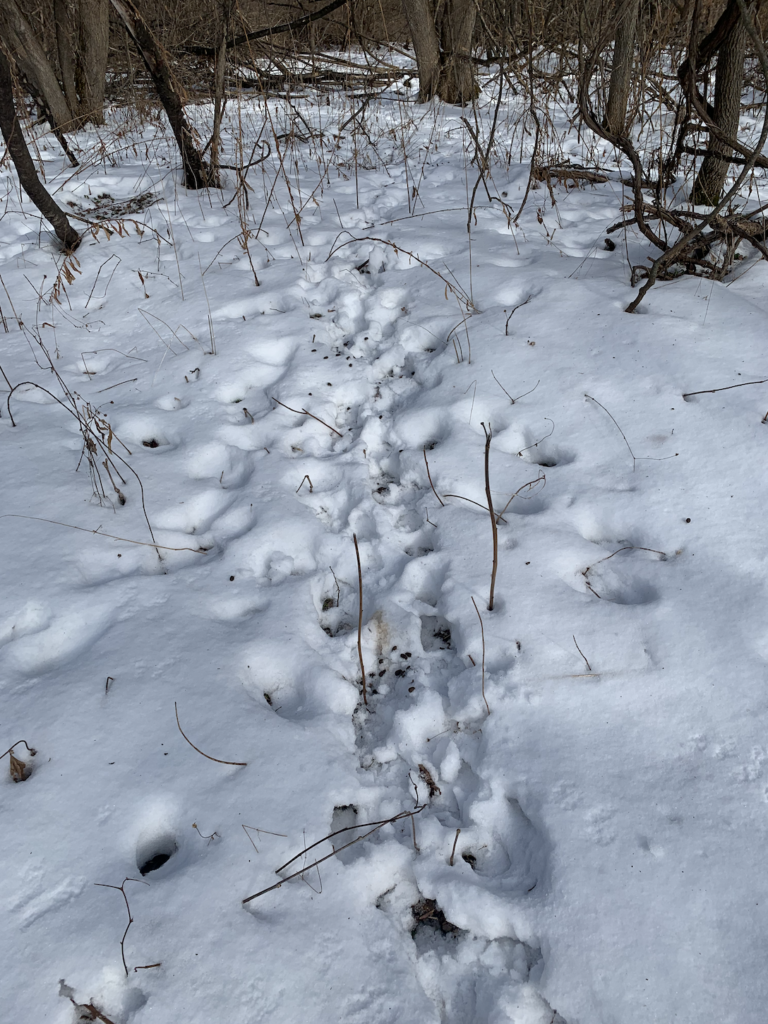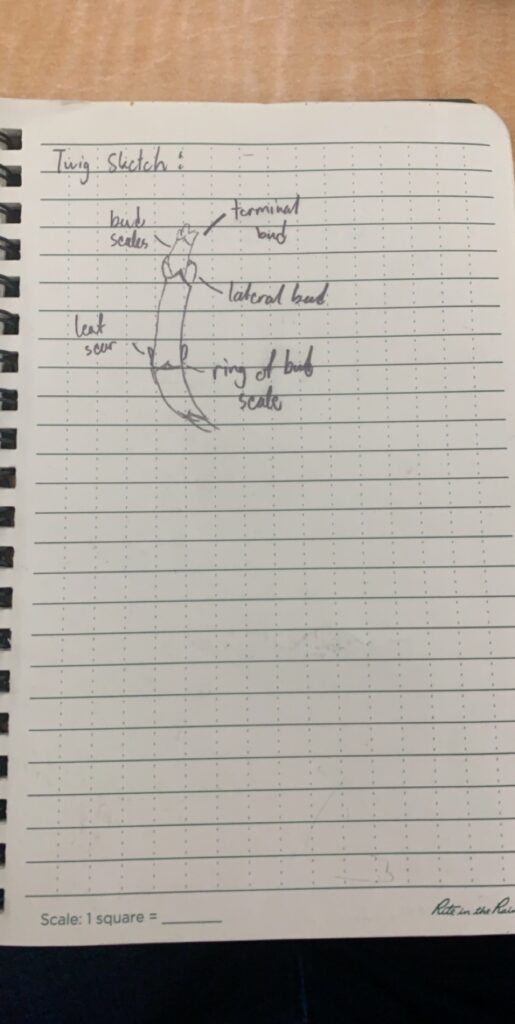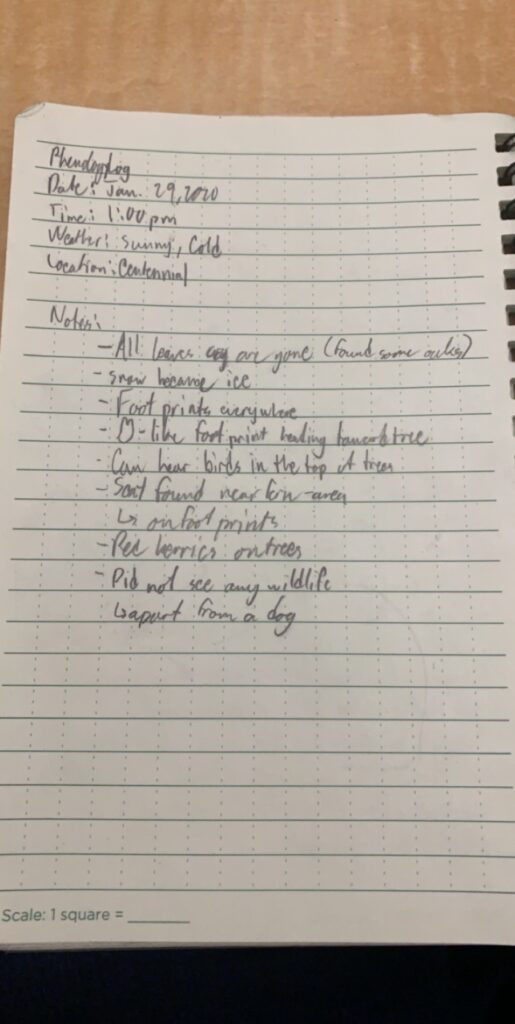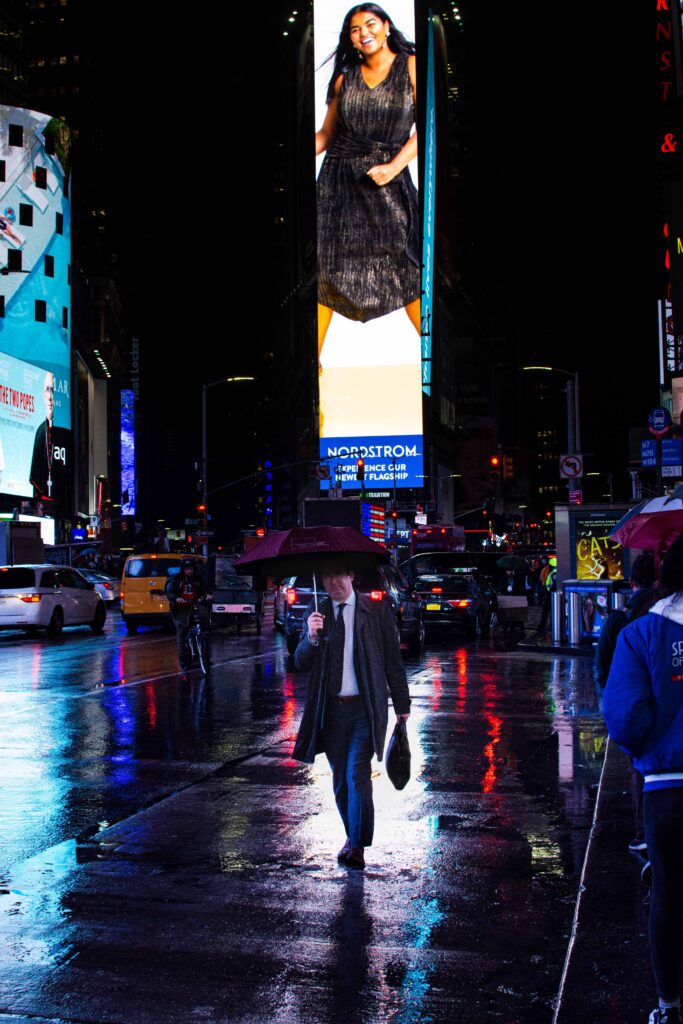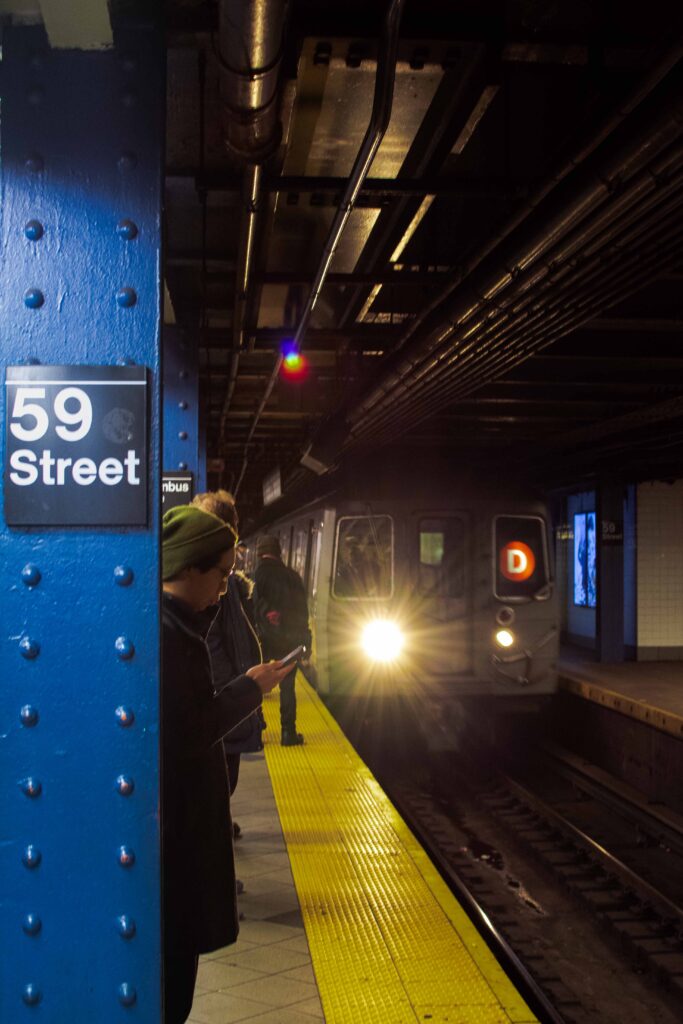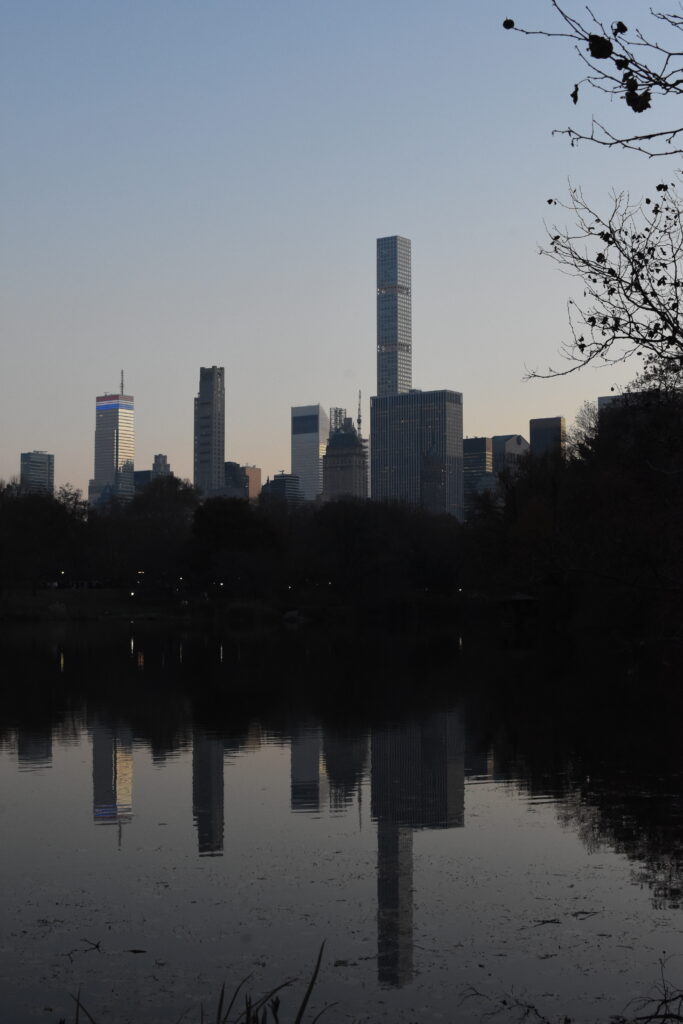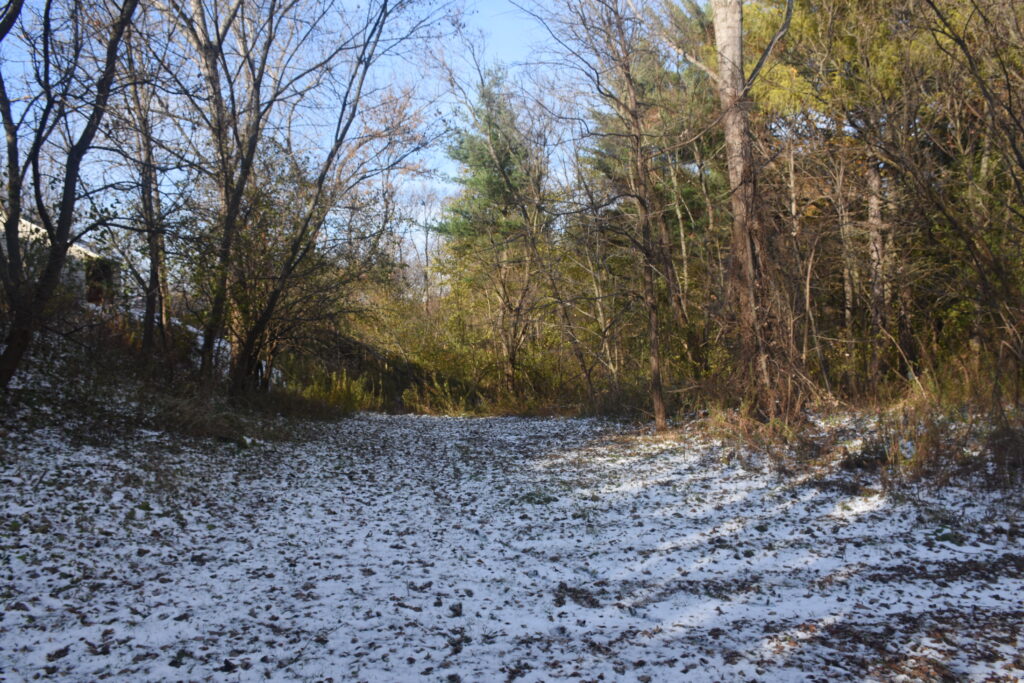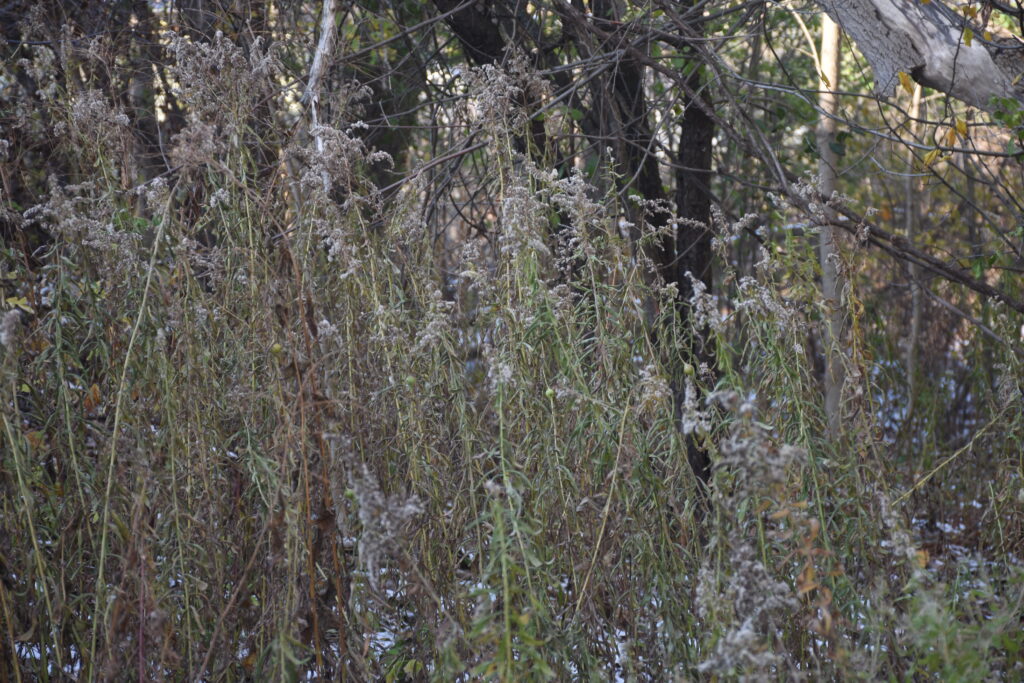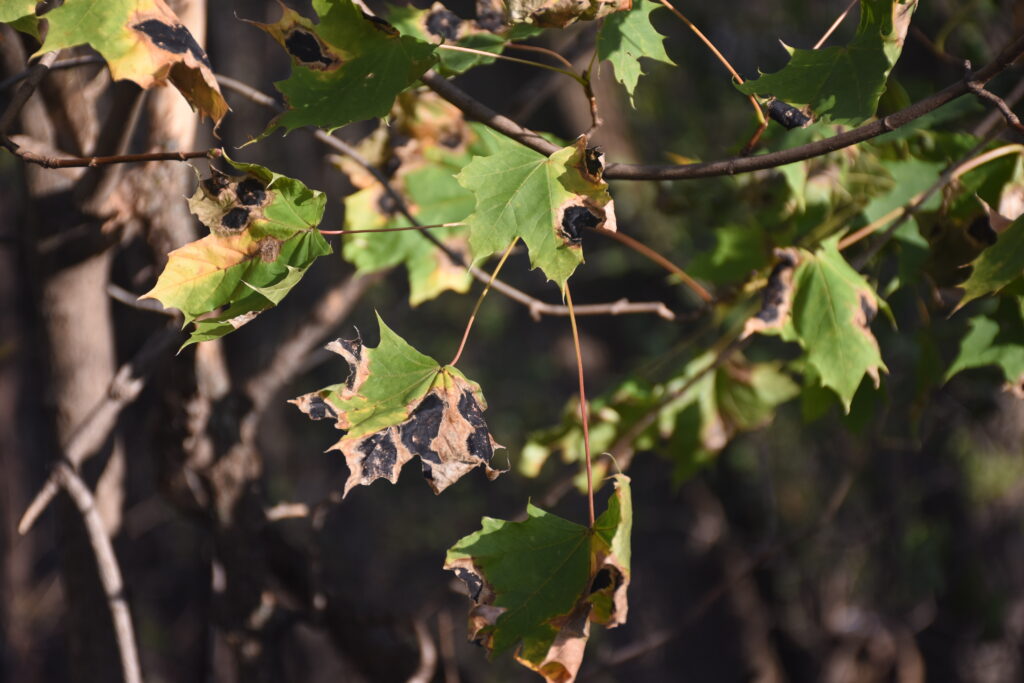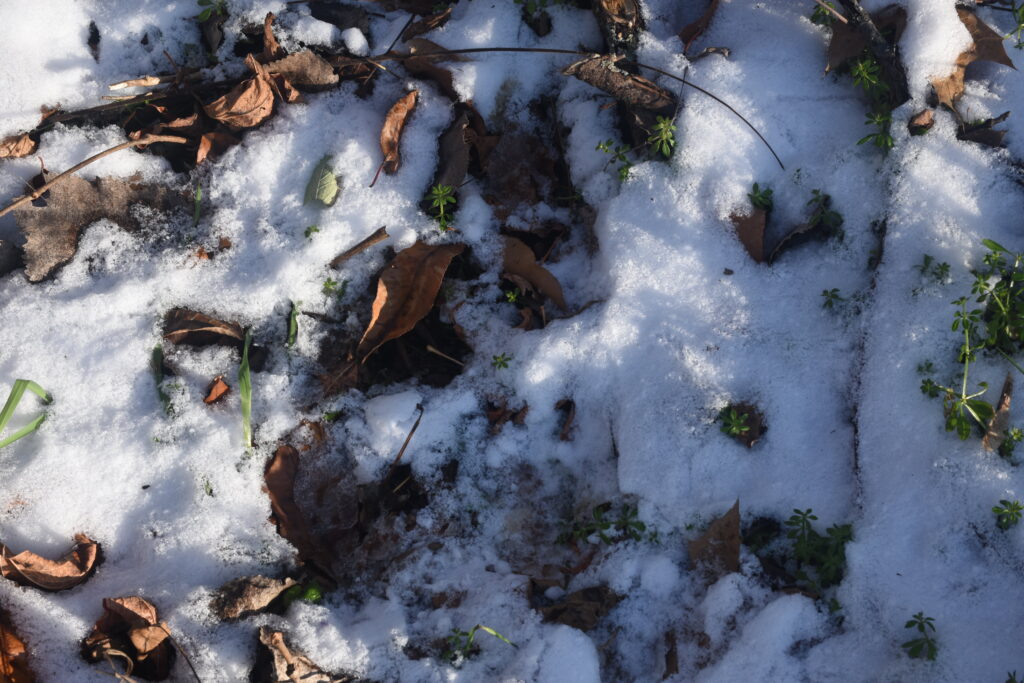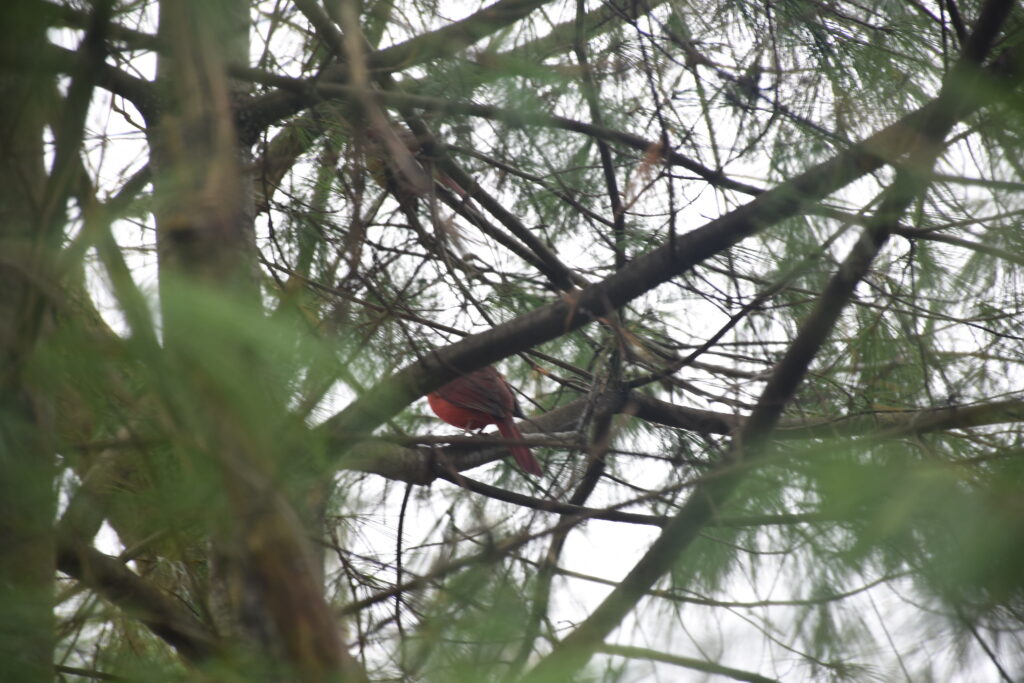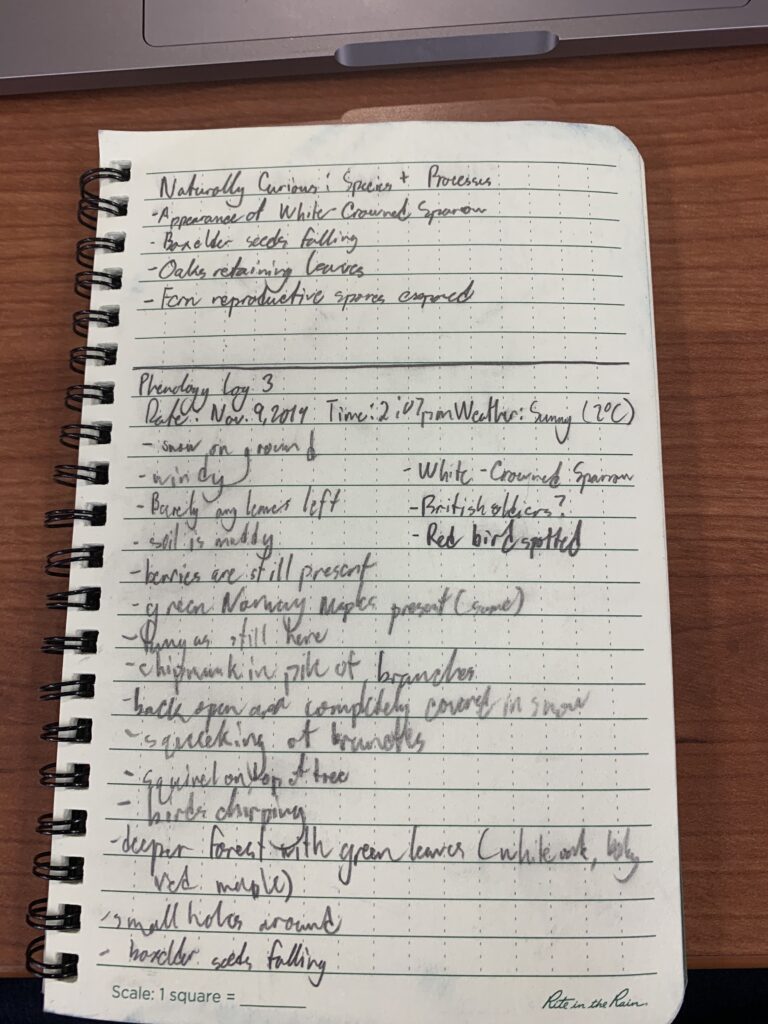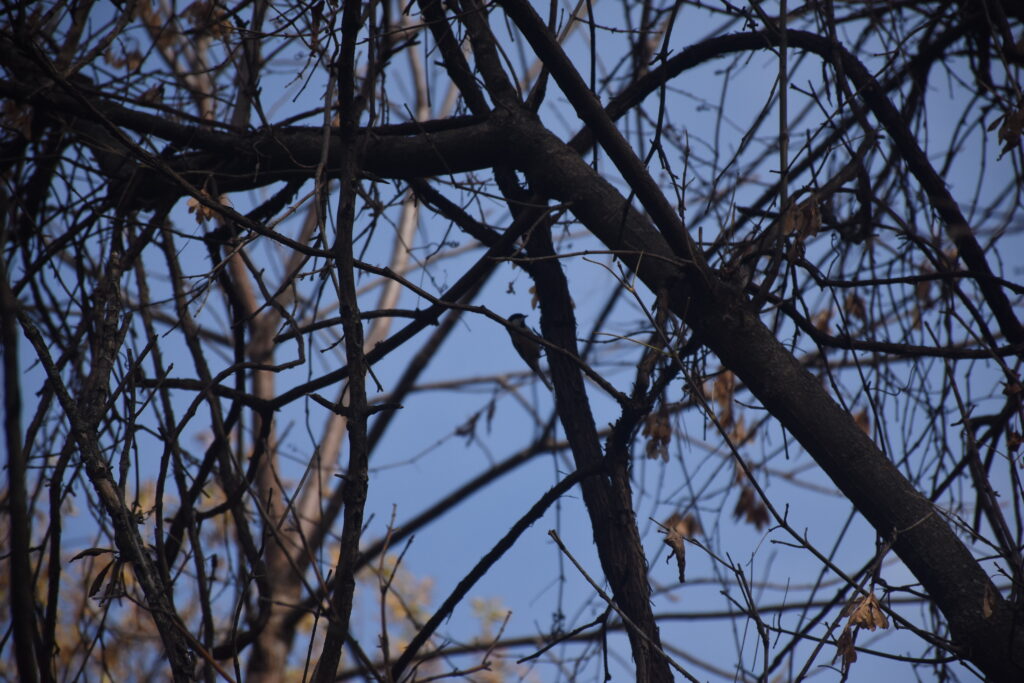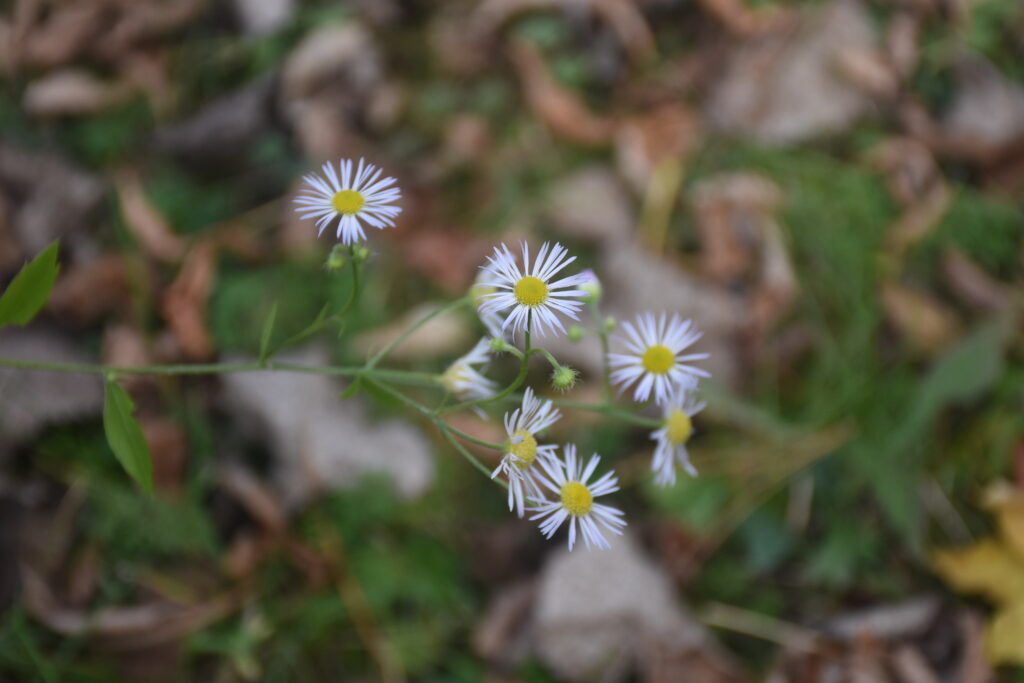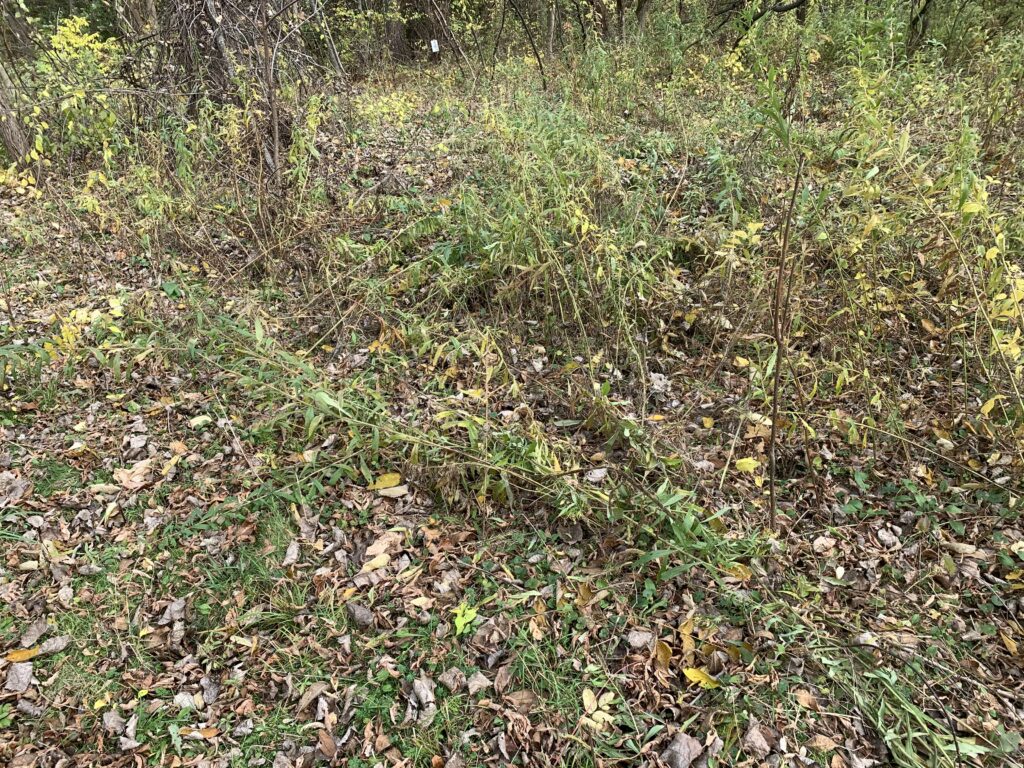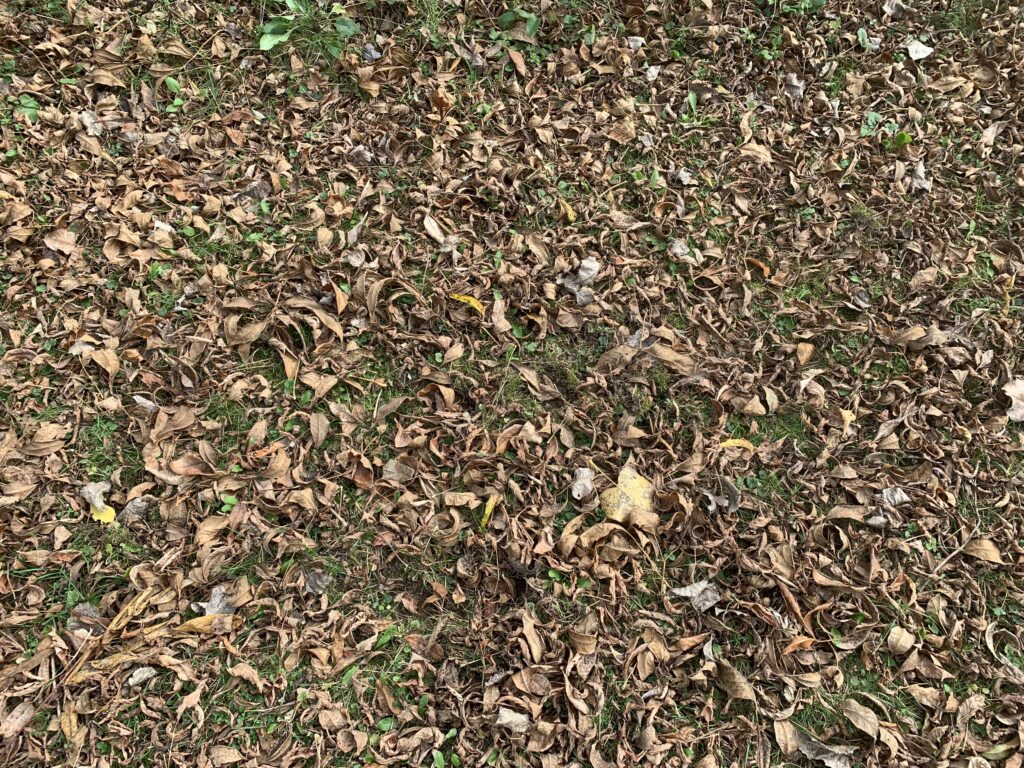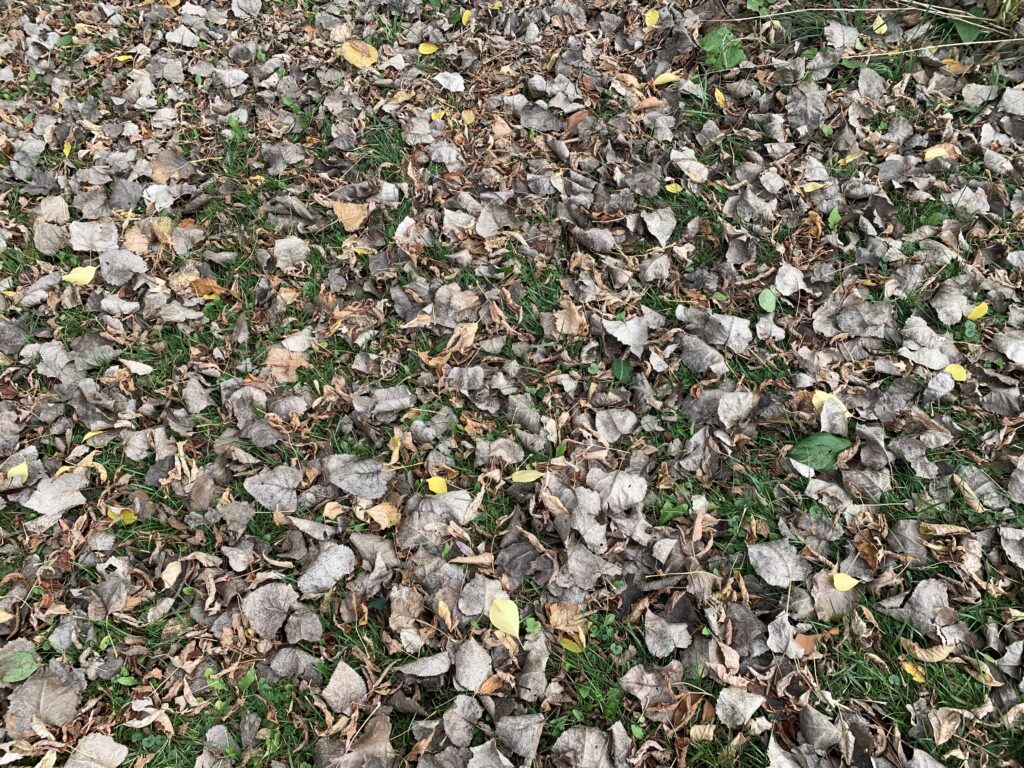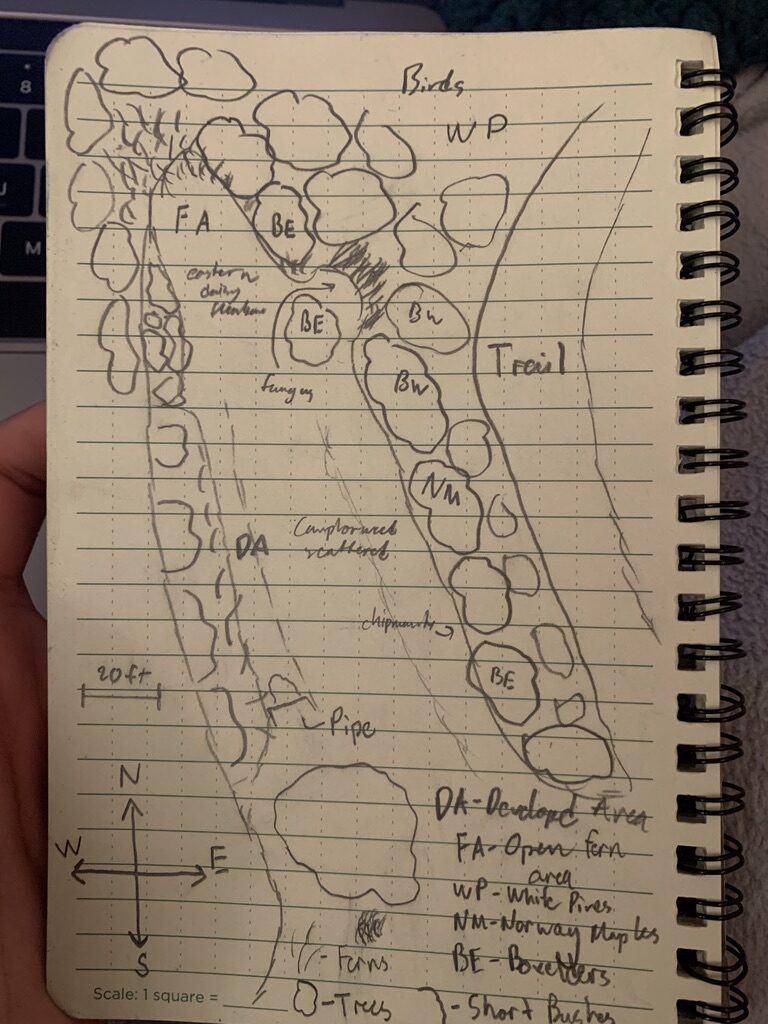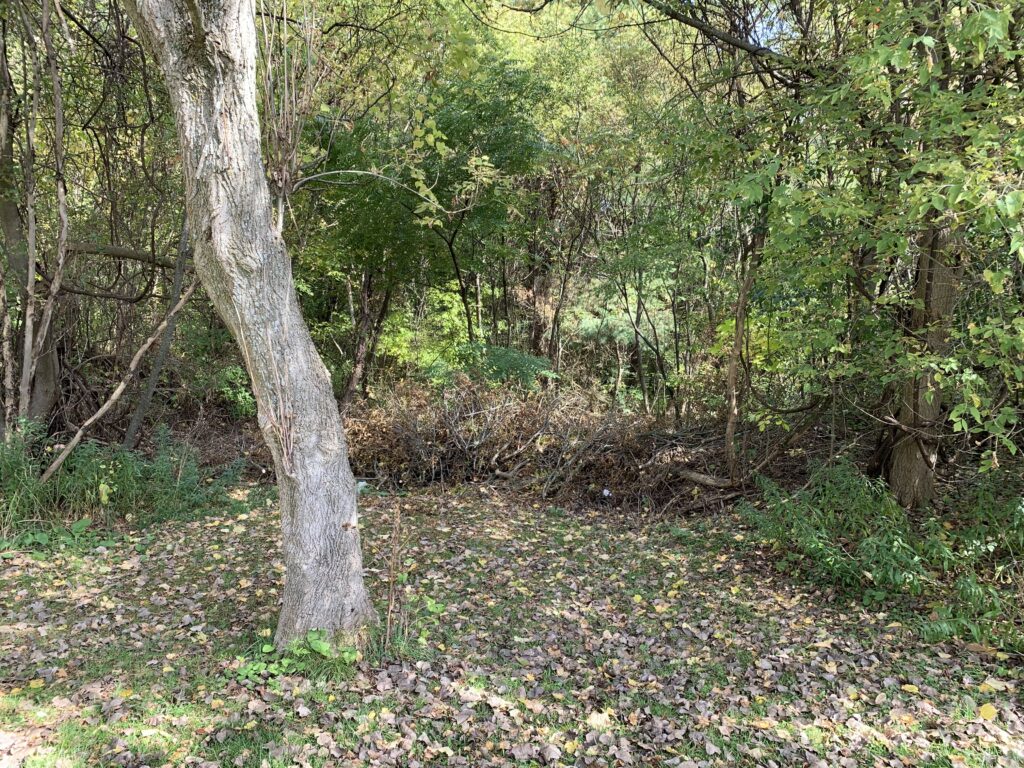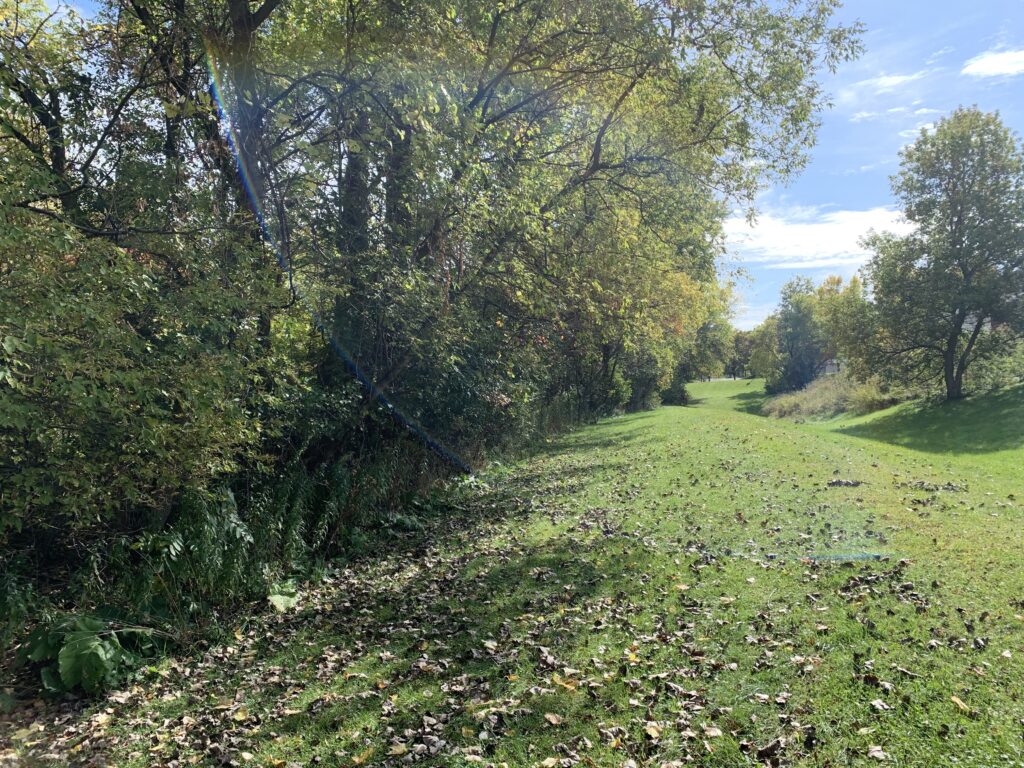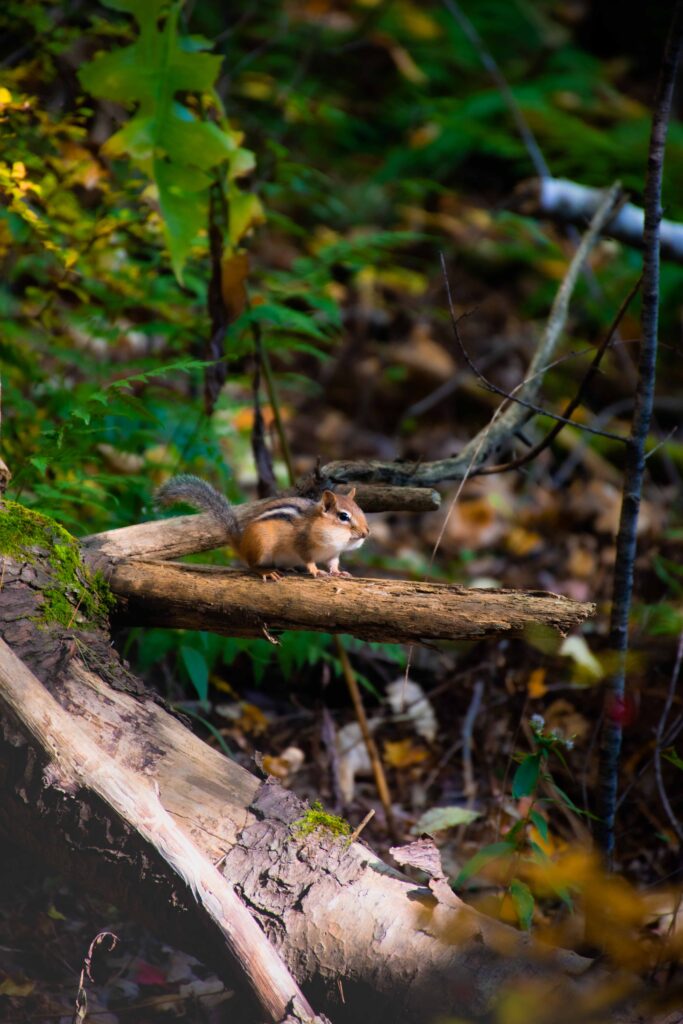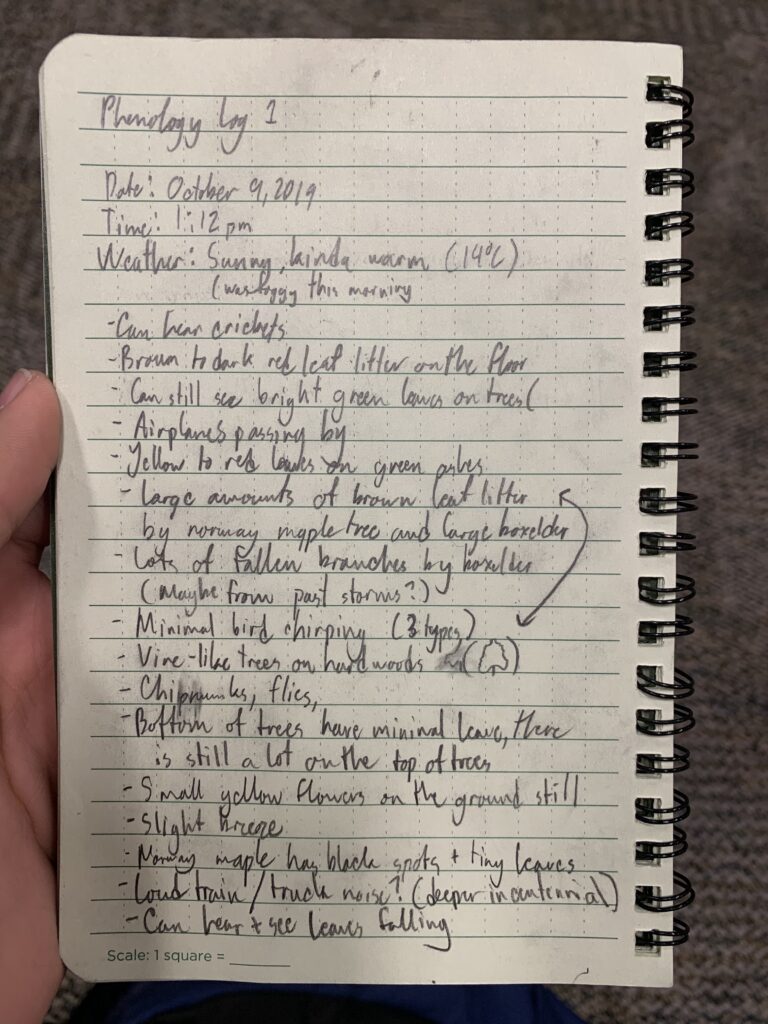Date: Feb 26, 2020, Time: 1:15pm, Weather: Snowing and cloudy, snow on the ground had turned into ice at this point (-4°C)
From my last visit to my phenological site to this most recent one, one of the biggest changes was the decreased number of footsteps that were present. (Fig. 1) And this also came with a smaller number of different tracks with really only 2 different tracks that I was able to spot during my visit. These two tracks being of deer, presumably white-tailed deer, and only one clear cottontail rabbit track, there were seen with their respective diagonal and galloping straddles. Another change that I had noticed during my visit was the lack of mountain ash berries on the trees that I saw them on before, however, I was able to spot a few of them that had fallen on the snow. I was able to note a couple of different birds chirping during my stay there and I was also able to spot a bird on the large boxelder tree that I grabbed a twig from during my last blog, unfortunately, it was too far away for me to see clearly so I’m not able to name what species of bird it was. (Fig. 2)


The species that I decided to follow during my visit was a white-tailed deer. During the winter, white-tailed deer are usually scarce for food to feed off of whatever plants, twigs, fruits or nuts that are left behind. These deer typically sleep during the day in caves or whatever cover they can find usually in deeply forested areas and then methodically scavenge for food during the night to avoid predators like coyotes and hunters. (White-Tailed Deer)
What was interesting about this particular deer track that I followed was that it wasn’t alone, there were several different paths of deer tracks. The tracks were also deeply ingrained into the ice which made identifying them difficult, the only real indication that they were deer tracks was that at the bottom of the ice were 2 divots where their hooves were slotted into. (Fig. 3) They all originated from inside the Centennial Woods and went towards the open area at the very back of my area and the kept going until the bigger open area even further behind the houses. (Fig. 7) I was also able to spot some tracks going the opposite direction as well which may have been some deer circling around looking for food or the deer heading back into the woods after getting enough food. (Fig. 6) Some tracks also had some red powder or tint to them which I believe came from mountain ash berries that the deer ate. (Fig. 4) I also noticed short and cut off branches underneath the snow without their twigs, twigs are one of the white-tailed deer’s main food sources during the winter so this may have been caused by them.

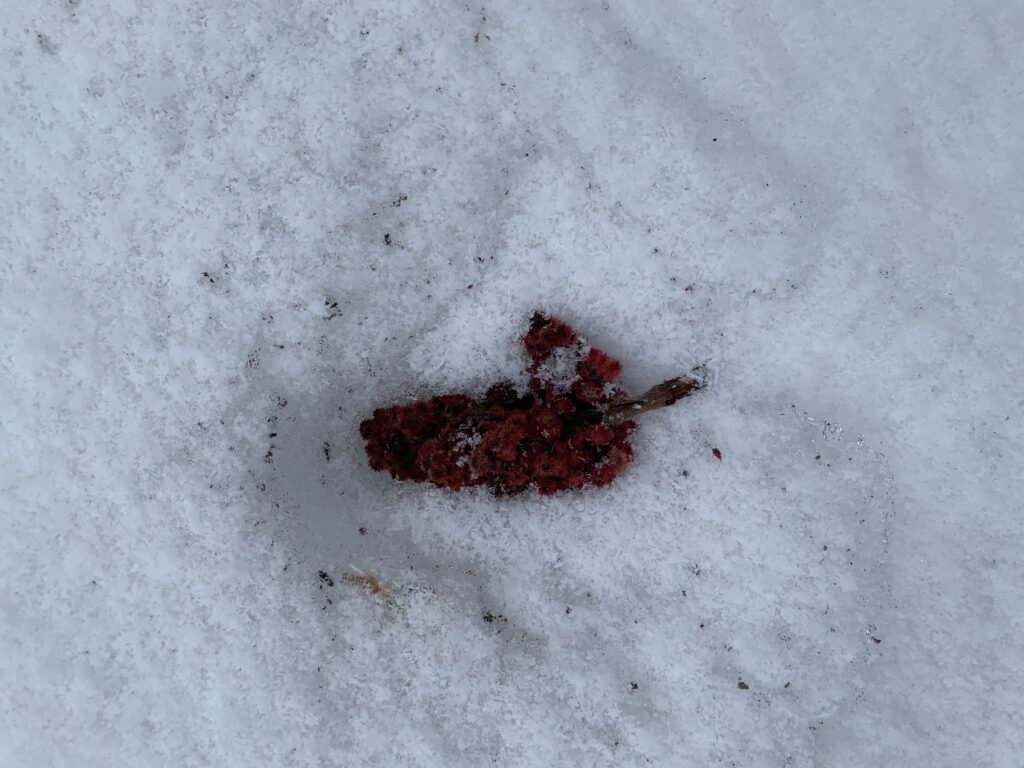
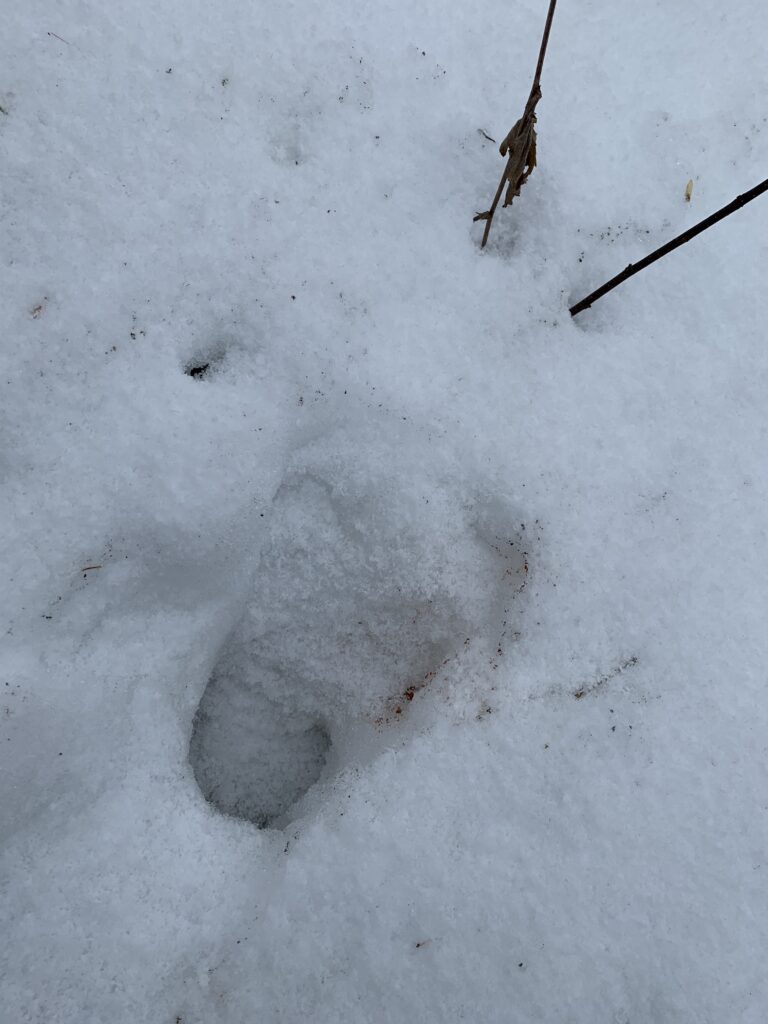
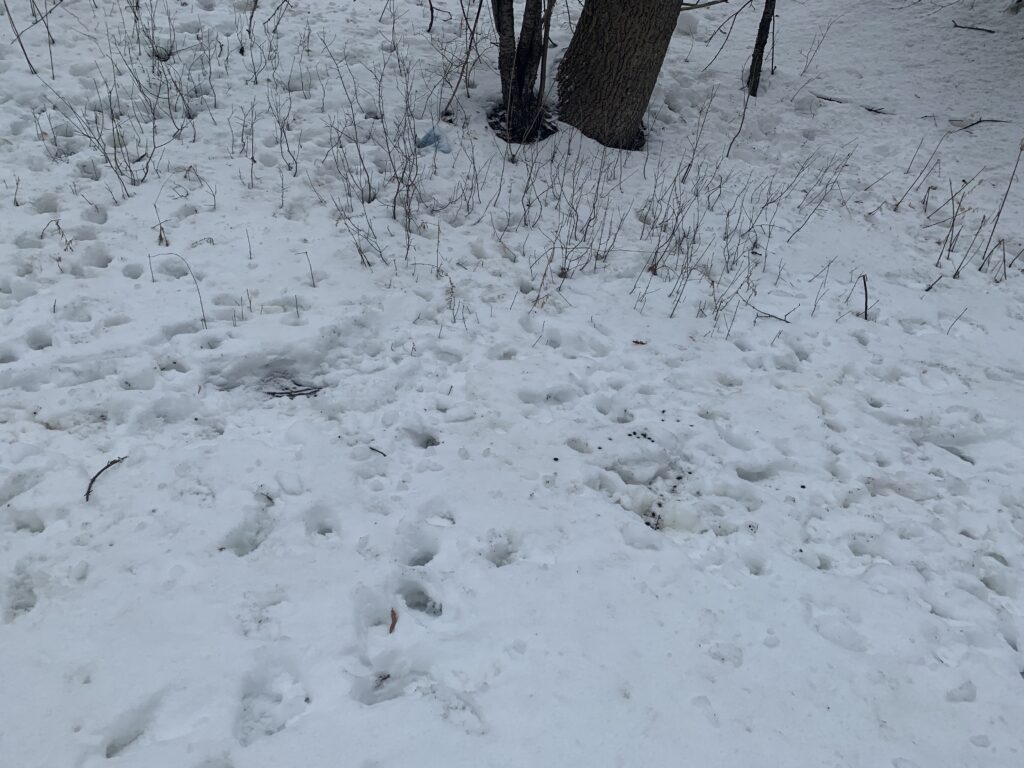
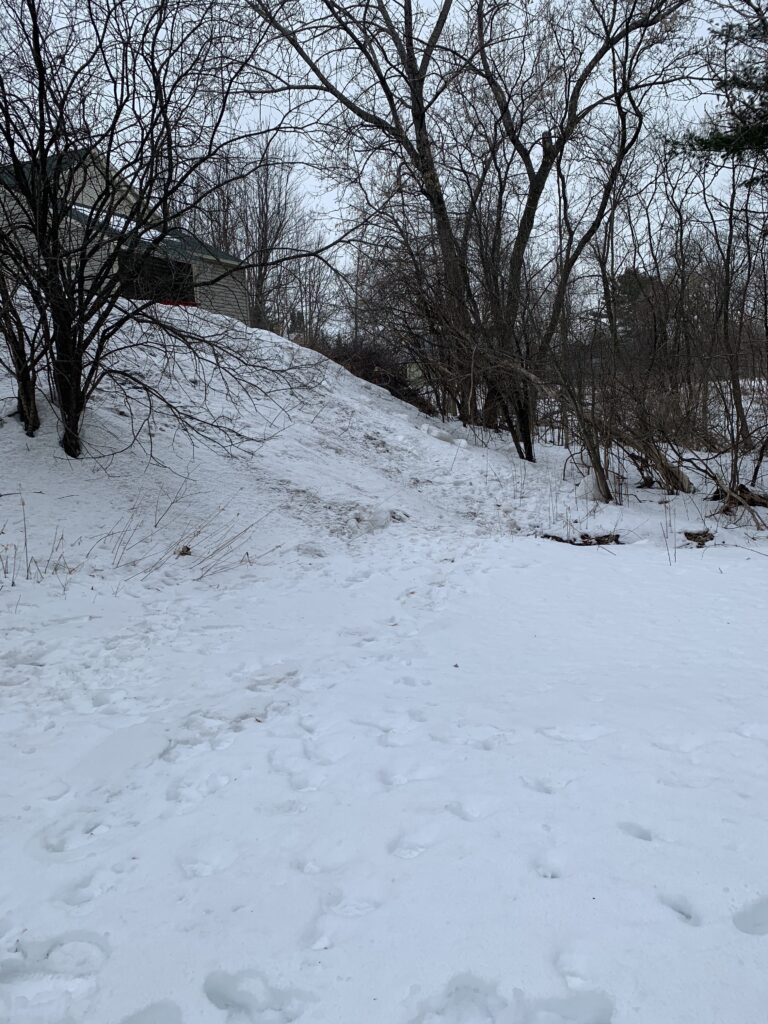
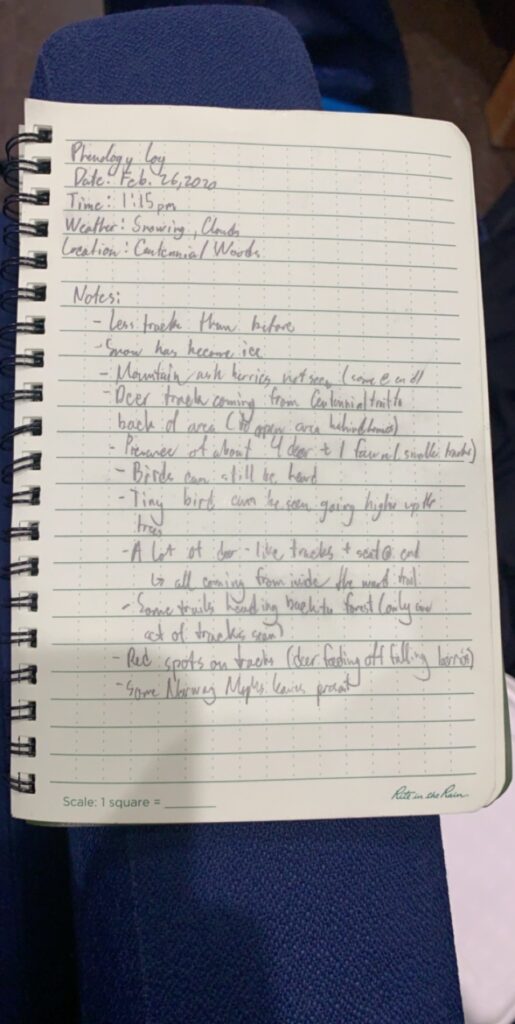
References: White-Tailed Deer. (2020). Retrieved February 27, 2020, from https://vtfishandwildlife.com/learn-more/vermont-critters/mammals/white-tailed-deer


